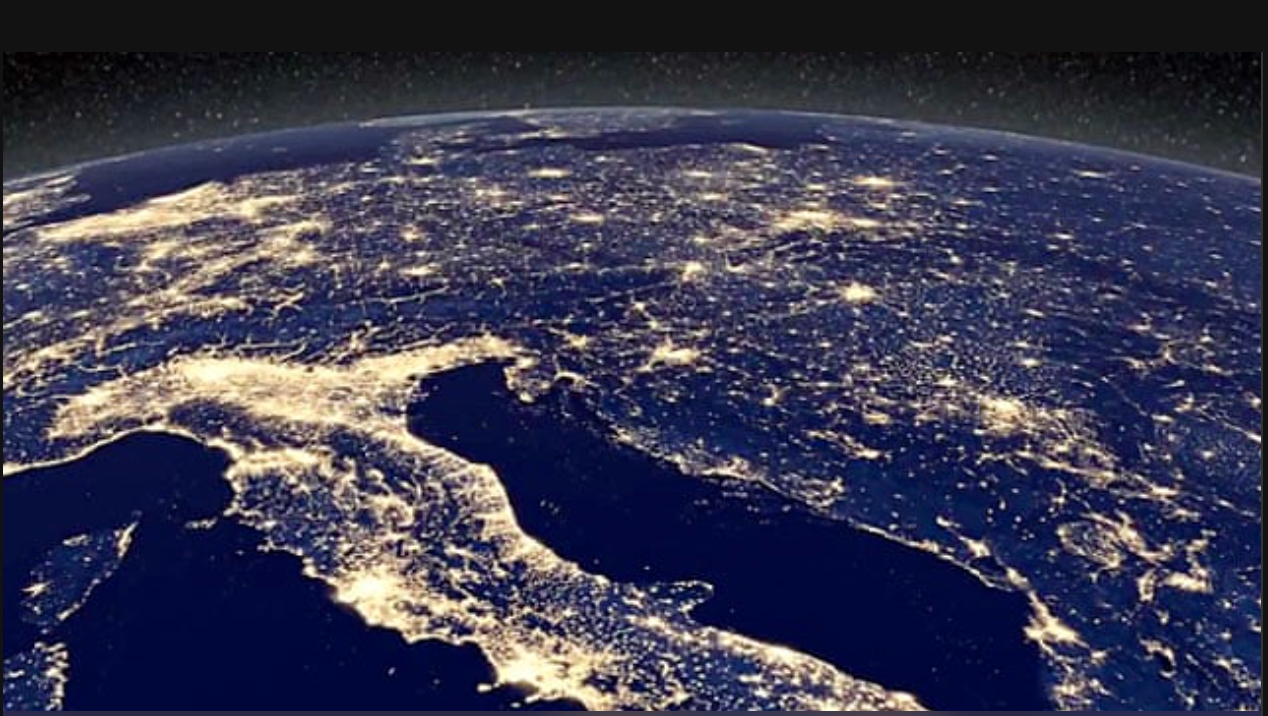652: 1/2 Managing the Next Ten Thousand Years in the Anthropocene,

Image: NASA satellite photographs light at night on Earth. Here: Some of Europe and northern Italy. Managing the Next Ten Thousand Years in the Anthropocene, Francois Sarrazin (12,016 AD.) Sorbonne Universités, UPMC Univ Paris 06, Muséum National d'Histoire Naturelle, CNRS, CESCO, UMR 7204, 75005 Paris, France. Evolution in the Anthropocene, Science 26 Feb 2016: Vol. 351, Issue 6276, pp. 922-923 “Most current conservation strategies focus on the immediate social, cultural, and economic values of ecological diversity, functions, and services. For example, the Intergovernmental Platform on Biodiversity and Ecosystem Services mostly addresses the utilitarian management of biodiversity from local to global scales. However, besides urgent diagnosis and actions, processes that occur over evolutionary time scales are equally important for biodiversity conservation. Strategizing for conservation of nature at such long time scales will help to preserve the function—and associated services—of the natural world, as well as providing opportunities for it to evolve. This approach will foster a long-term, sustainable interaction that promotes both the persistence of nature and the wellbeing of humans. “Considering the evolutionary trajectories of nonhumans beyond human interest may also constitute a major evolutionary transition. It would be the first case in the history of life on Earth where a species cares for the evolution of other species beyond its own fitness and well-being.” 03-19-2016 (Photo: Anthropocene Cartography—Mapping Human Influence on Planet Earth. Video: https://www.youtube.com/watch?v=v9rDoHYjHws) http://JohnBatchelorShow.com/contact (http://johnbatchelorshow.com/contact) http://JohnBatchelorShow.com/schedules (http://johnbatchelorshow.com/schedules) Twitter: @BatchelorShow http://science.sciencemag.org/content/351/6276/922.full